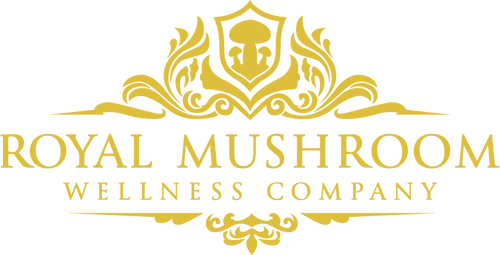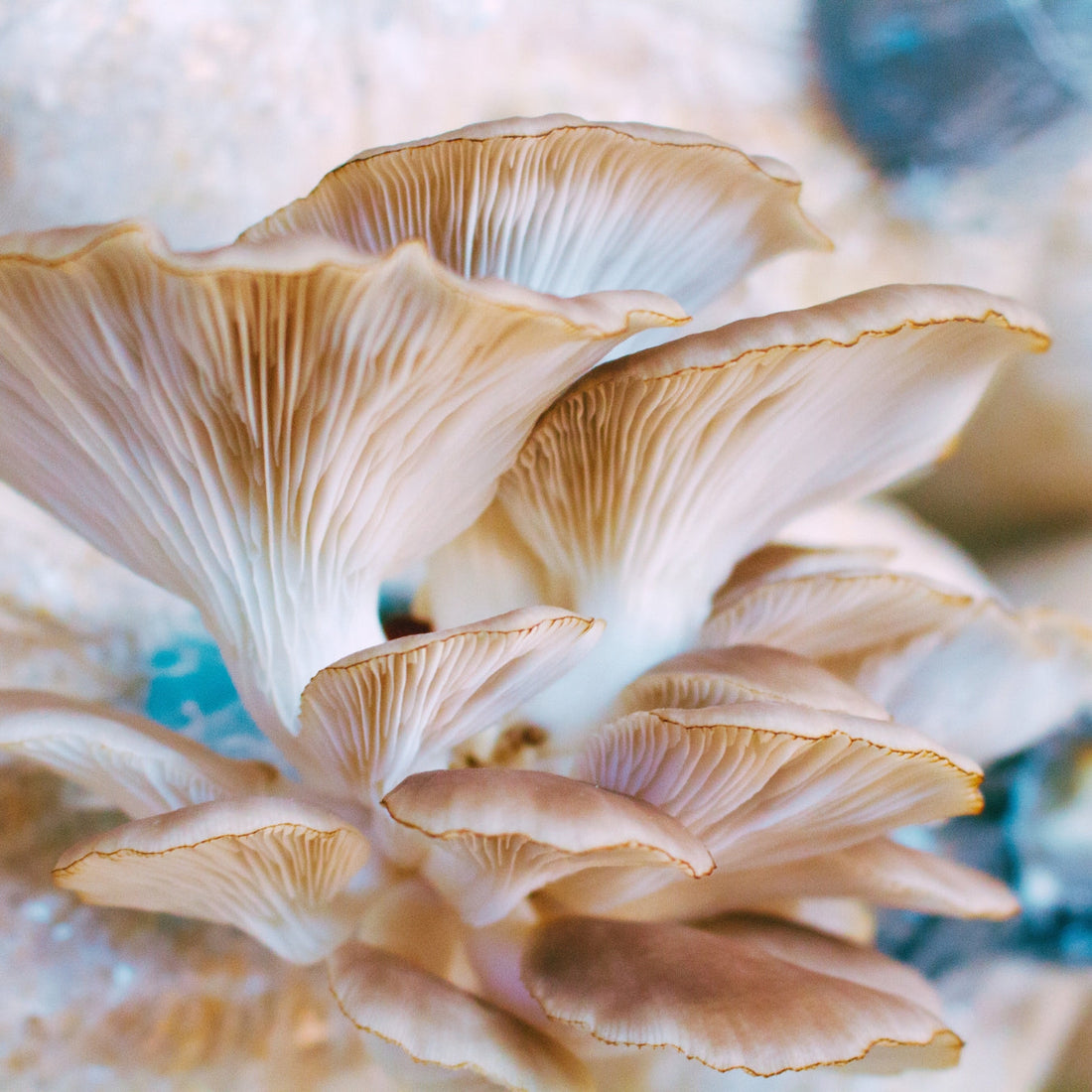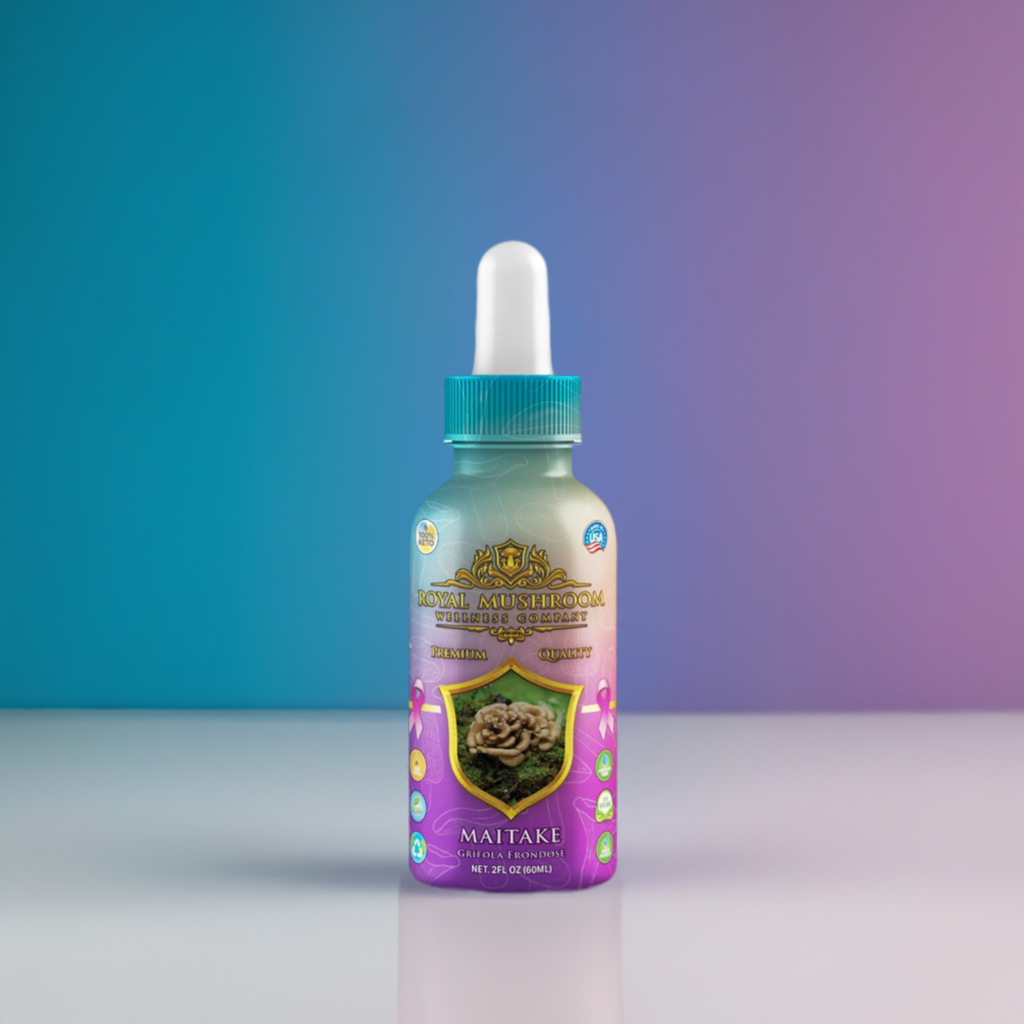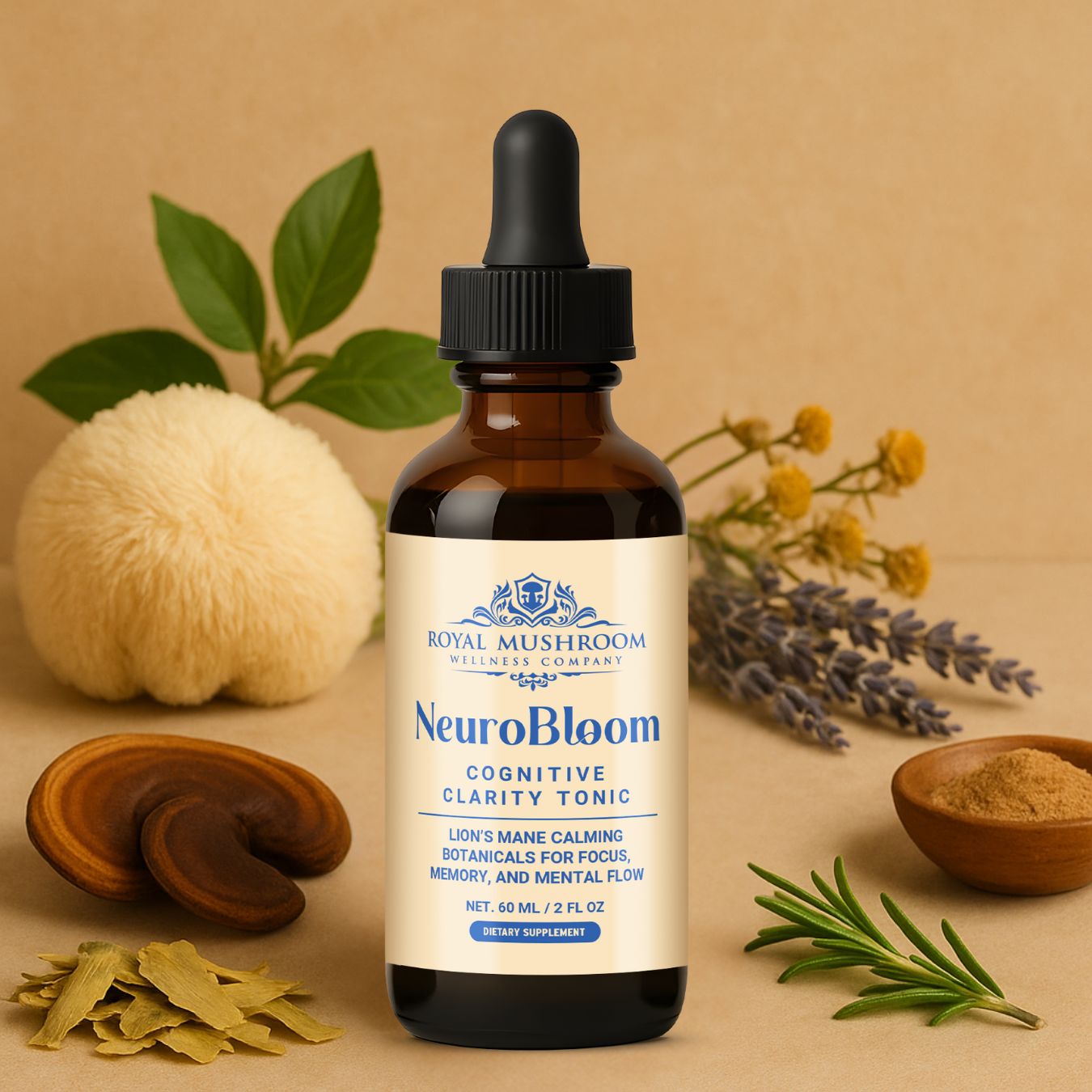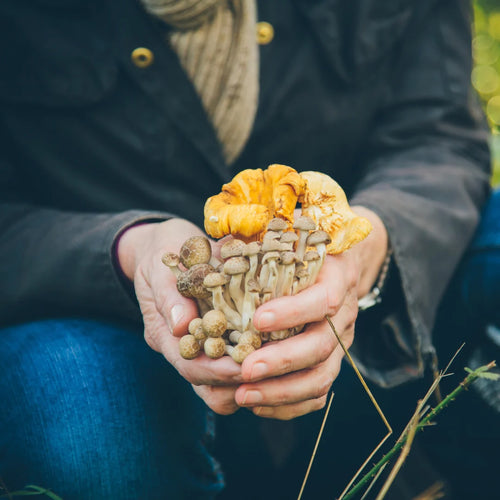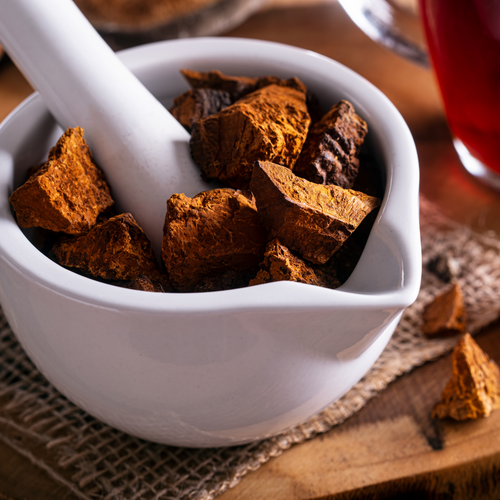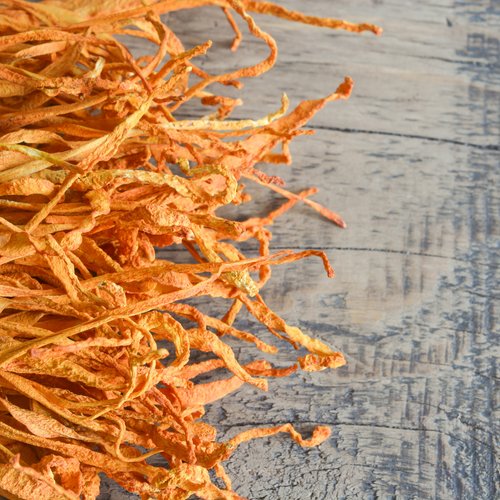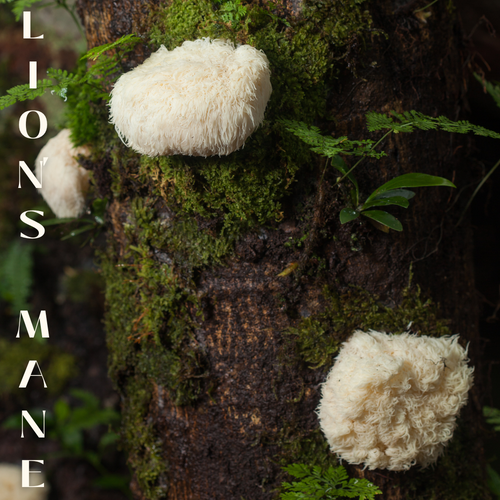Mushrooms, those enigmatic and diverse fungal entities, possess a life cycle that is as intricate as it is indispensable to natural ecosystems. While we often encounter mushrooms sprouting from forest floors or our own backyards, their life cycle is a captivating narrative of growth, reproduction, and ecological significance. In this blog, we'll take a deep dive into the enthralling realm of the mushroom life cycle and its paramount role in the natural world.
Spore Dissemination: The Mushroom's Commencement
The inception of a mushroom's life cycle centers on spores. These minute, powder-like particles are the fungal equivalent of seeds. They are generated within the gills, pores, or other structures of the fully developed mushroom cap. When the spores attain maturity, they are liberated into the surroundings. Their dispersal may be instigated by a variety of factors, including wind, precipitation, or even the movement of fauna or insects.
Germination: A Concealed Commencement
Once the spores locate a suitable environment, they can initiate the germination process, whereby a solitary spore evolves into a filamentous structure called a hypha. These hyphae may be present in the soil, decaying timber, or other organic matter. They are of such minuteness that they are often imperceptible to the unaided eye.
Mycelium Expansion: The Vegetative Phase
The amalgamation of interlinked hyphae constitutes the mycelium. This mycelial network operates as the vegetative element of the fungus, responsible for assimilating nutrients and fostering expansion. It proliferates throughout its habitat, deconstructing organic matter and recycling essential nutrients. The mycelium's pivotal function is to engage in the decomposition of deceased flora and fauna, rendering it a cardinal participant in the ecosystem's nutrient cycling.
Formation of Fruiting Bodies: The Mushroom Materializes
Under propitious circumstances, the mycelium generates a fruiting body, which we recognize as a mushroom. This structure serves as the reproductive component of the fungus. The cap and stem of the mushroom are devised to yield and disperse spores, thereby perpetuating the life cycle.
Spore Emission: The Cycle Reiterates
Mature mushrooms emit spores from their gills or pores. These spores are transported by natural forces, landing in novel sites, thus perpetuating the life cycle. Certain spores may stumble upon conditions conducive to germination, instigating the commencement of the process once more.
The Significance of the Mushroom Life Cycle in Ecosystems
The mushroom life cycle is not merely a captivating biological progression; it holds a pivotal function in ecosystems. Here are some of the ways in which mushrooms contribute to the environment:
Decomposition: Mushrooms, through their mycelium, dismantle organic matter, thus aiding in nutrient recycling in ecosystems. This decomposition process is pivotal for the fertility of the soil and the health of plant life.
Nutrient Recycling: By breaking down deceased and decaying materials, mushrooms aid in the reinstatement of vital elements like carbon, nitrogen, and phosphorus to the soil, thereby rendering them available to other organisms.
Symbiotic Associations: Several mushroom species form mutually advantageous relationships with trees and plants. Mycorrhizal fungi, for instance, furnish plants with nutrients in exchange for sugars.
Supporting Biodiversity: Mushrooms serve as sustenance for a variety of wildlife, including insects, birds, and mammals. Moreover, they foster biodiversity by creating microenvironments that accommodate an assortment of species.
The Enchantment of Mushroom Life
The mushroom life cycle embodies the intricate choreography of nature. From the release of minuscule spores to the advancement of expansive mycelial networks and the manifestation of diversified mushroom species, each phase plays an indispensable part in the grand tapestry of ecosystems.
Acknowledging the mushroom life cycle not only augments our comprehension of the natural realm but also underscores the significance of fungi in preserving healthy ecosystems. The next time you encounter a mushroom during a woodland excursion or in your garden, you'll be cognizant that it symbolizes merely one stage in an intriguing life cycle that maintains life in manners both perceptible and imperceptible.
In summary, the mushroom life cycle is a mesmerizing odyssey that underscores the prominence of fungi in the natural world, functioning as both a pivotal participant in ecosystems and a source of astonishment for those who take the time to observe its complexities.
